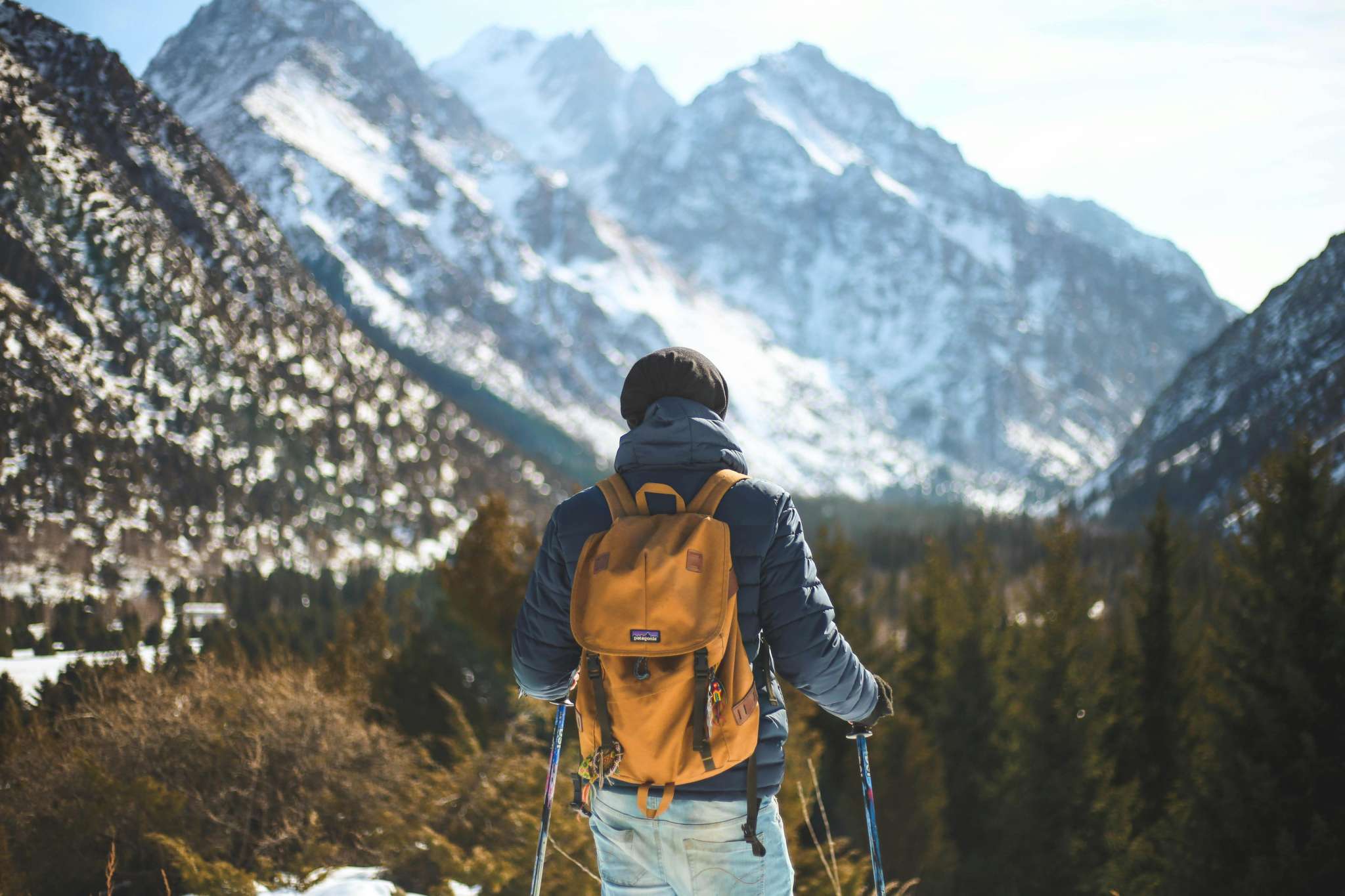Table of Contents
There is something deeply human about being out in nature. Perhaps it is the wilderness within us that aches to get out once our feet touch the earth. There is definitely some calm in the way trees blur into green tunnels and mountains escape into the clouds. Hiking has the same effect.
When you’ve conquered a mountain, your legs may begin to cramp, your heart feeling like it’s going to beat out of your chest; that’s when the adventure begins. From then onwards, no one can stop you from hiking each and every mountain out there.
You too can be an enthusiastic climber! All you need is the right kind of guidance, a training plan, and discipline. You won’t feel like training every day, but as long as you keep your eyes on the prize, no one can stop you from becoming a pro! Just remember, if it feels like too much to manage all alone, you can always rely on a personal trainer to guide the way!
Week 1-2: Baby Steps
Before you learn how to hike, you’re probably going to have to learn how to walk all over again. It might sound a bit odd, but this phase requires you to forget how you usually walk and learn how to “really walk.” What does that mean?
We’re talking about letting go of those lazy, half-hearted shuffles from your work desk to the kitchen. We are asking you to practice taking long, intentional strides, with steps that know exactly where they are falling, waking up sleepy muscles and pushing energy into your legs.
Start out by taking a few brisk walks around your neighborhood or the local park and keep at it religiously, three to four times a week. Start with around 20-30 minutes per session (don’t focus on the speed, just build that stamina). Walk tall, engaging your score, swinging those arms.
This phase forces your body to move for extended periods, something most of us haven’t done since childhood. Once you begin to get the hang of it, try introducing a few bodyweight exercises into your routine (think squats, lunges, glute bridges, and planks). These wake up those hiking muscles, especially the legs and core. Start with 2-3 rounds a couple of times a week.
Do not skip mobility! Before and after each exercise (yes, even a walk) spend 5-10 minutes doing gentle stretches. Calf stretches, hip openers, spinal twists, you name it. Your future self will thank you when you’re panting, halfway up a trail.
Week 3-4: Run for the Hills!
Yes, exactly what you heard. It’s time to take on a few small hills! Now that your body is actually used to regular movement, it’s time to raise the bar. This is where it starts to get real and resemble actual hiking.
Don’t have access to hills? Don’t give up just yet. Use your stairs or a treadmill with an incline. Start adding two walks each week that include a challenging incline. These should of course be shorter and at a slow pace, but steeper. Your lungs (and legs) are beginning to learn to work a lot faster and harder.
Up the ante on your strength training simultaneously. Add some step-ups, resistance band exercises, or lighter dumbbells if you have them. Focus on compound movements; squats, deadlifts, push-ups, and step-ups will all eventually come in handy once you move to a trail.
Pro Tip: The Key is Balance
Let’s take a breather for a second from the intense workout and dwell on a simple but useful tip. A secret weapon that many hikers overlook, and one that hurts them in the long run; balance work.
Trails are unpredictable. There are roots to walk over, rocks to avoid, and sudden dips to look out for, all of which challenge your stability. The best way to prepare for these is to try balancing exercises. Start with a simple one; standing on one leg each time you brush your teeth or walking heel-to-toe in a straight line. It may feel small, but it can be greatly useful, building your ankle strength and preventing injuries when the ground gets tricky.
Week 5: The Hiker’s Mindset
It’s time to start experimenting with a few short hikes whenever you have time. Consider them a small treat for all your efforts; a chance to test your progress and enjoy the fruits of your labor!
By now you’ve bagged a few solid miles. Your muscles are getting stronger, your lungs are more efficient and your mind is beginning to get over the fear of the unknown.
Most hiking isn’t really physical. It’s a mental game, a test of the nerves. There’s a moment during every hike when your legs are hurting, your breath hitches, and a small voice inside you asks, “Why are we even doing this?” Training your mind to push past that voice is just as important as building your glutes.
Begin by pushing your long walks to 60 or even 90 minutes, ideally with elevation. Wear the backpack you’re going to hike with, and load it with lots of water, snacks, and layers. Your body must also get used to moving under load.
Simulate the conditions of an actual hike. Eat a light snack before and after your hikes, sip water consistently, and learn the kind of snack that yields the best performance. Be it trail mix, dried fruit, jerky, or energy bars, it should be something you really like.
Schedule a “mock hike” which should be a much longer excursion that emulates the terrain and duration of your target hike. If you don’t know much about your terrain, and are planning to go hiking in Mexico, for example, consider booking professional Mexico tours and asking your guide for advice on the best hiking trails in advance!
Week 6: Dress Rehearsals
Do a full gear test some time before your hike. Wear the boots, the socks, the backpack, even the sunscreen. Notice what rubs, what fits you well, what you can do without. You don’t want to realize your new hiking shoes are giving you blisters halfway into a five-hour trail.
Although you should go easy on yourself this week, you must still be active. Keep the blood flowing by walking, stretching, and doing strength exercises. Lower the intensity as much as you can so your body is fresh for the final hike. While preparing, visualize your hike. Imagine how you are going to feel at the start, in the middle, and by the end.
The Big Day
That’s all folks! It’s time to head out, and trust your training. Don’t worry! You’ve done the work. You’ve strengthened all those muscles that are needed to carry you up and down the trail. You’ve trained your lungs and your mind.
Just remember to start slow, avoid pushing yourself, and remain consistent. Enjoy the view while you’re at it!
Image source: https://www.pexels.com/photo/men-s-blue-leather-jacket-and-brown-backpack-868097/



